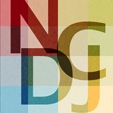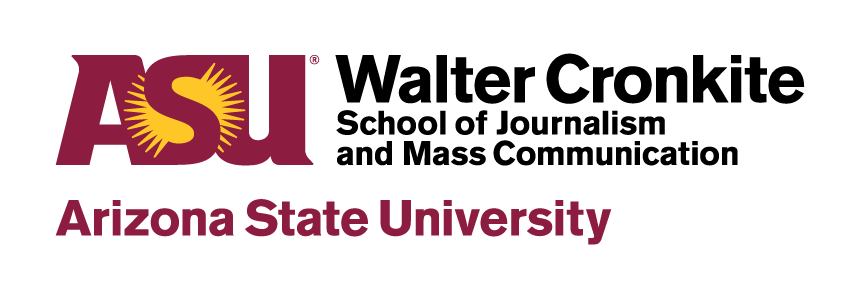By Catie Cheshire
When Dylan Bulkeley worked on Hilary Cilnton’s presidential campaign in 2016, he noticed many voter-mobilization organizations failed to use accessible technology, such as screen readers and video captions, so he decided to create the Brink Election Guide.
The guide is a voting app designed with accessibility at the forefront. The creators’ goal is to elevate people with disabilities to one of the strongest voting blocs in the nation. Currently, people with disabilities vote at a lower rate than the general population, in part due to accessibility issues.
“At first our goal was just to close that gap but, then, we’d love the disability community to be voting at the highest rate of any group in the country,” Bulkeley said.
According to the Centers for Disease Control, 61 million adults in America, or about 26 percent of the population, live with disabilities.
Bulkeley said the disability rights movement is on the brink of gaining traction at the national level. More candidates for public office are addressing disability issues in policy proposals and hiring staffers who live with disabilities. That’s why the app was named the Brink Election Guide.
“We felt like this app, Brink, was going to help push us over the brink and really make disability rights mainstream and something that every politician has to acknowledge and address and make sure to include in their campaigns and policies,” Bulkeley said.
Mick Rosenthal, outreach and strategy director for the Brink Election Guide, said the app is important because people with disabilities are “often left out or they are underrepresented and undercounted when it comes to election time.” Additionally, the app has features that actively help combat the barriers people with disabilities face when voting.
The Pew Charitable Trusts identifies several such barriers, including inaccessible polling locations, strict voter ID laws and untrained poll workers. The election guide is designed to help people with disabilities navigate those obstacles by identifying accessibility levels at polling locations and providing a range of other voter information.
Bulkeley said some polling places don’t even activate their accessible voting machine, which people who are visually impaired rely on to vote.The guide’s help center provides phone numbers for the American Civil Liberties Union and the National Disability Rights Network and recommends seeking help when that happens.
The help center was expanded this year after the team, which includes a number of people who live with disabilities, sought feedback from disability rights groups and others.
For example, after hearing from people on the autism spectrum, the app was changed to a checklist format with a linear path from registering to vote to voting. Information on mail-in balloting and descriptions of accommodations that may be provided at polling places also were added.
In addition, a ballot preview feature allows voters to see exactly what is on their ballot, access information about candidates and issues, and then “favorite” what they want to select on election day so they’re ready when they mark their ballots or go to the polls.
The guide is nonpartisan, with all candidate information sourced from BallotReady.
“I think with the current issue of the pandemic, planning is one of the best things you can do,” Rosenthal said.
The app is offline capable, so even if people don’t have WiFi or cell phone service, they can access all the features, including their pre-prepared ballot, Bulkeley said. That allows notifications to be sent about local elections or midterm elections, when participation rates are lower than presidential elections.
“That’s the way we’re going to see the most change around advancing disability rights is having the disability community become the most reliable, consistent voting bloc,” Bulkeley said.
Rosenthal said the goal is to help not just those who live with disabilities but anyone who needs help voting.
“Voting is necessary in a democracy, and the right to vote is for everyone — whether they are disabled or not,” he said.
The Brink Election Guide is available on the Apple Store, and on the Google Play Store. Check the Brink Election Guide website for updates.

